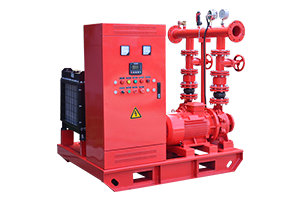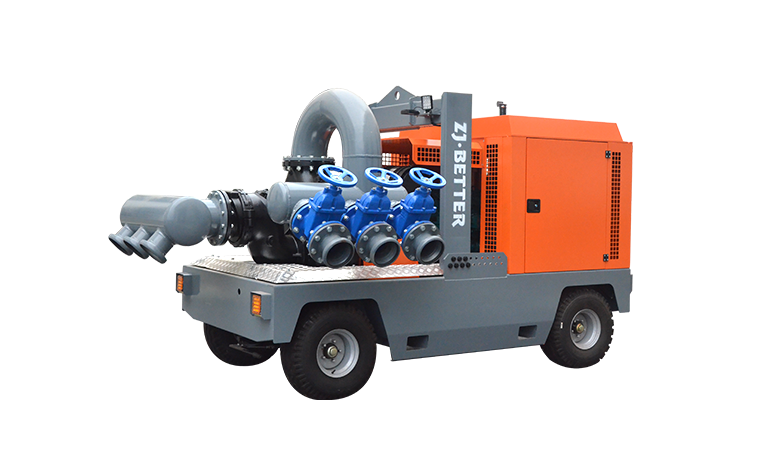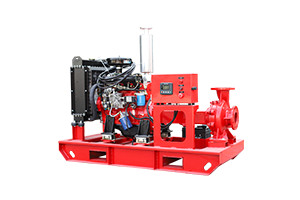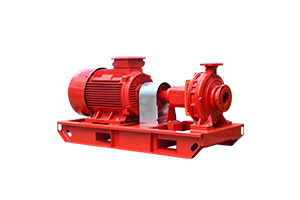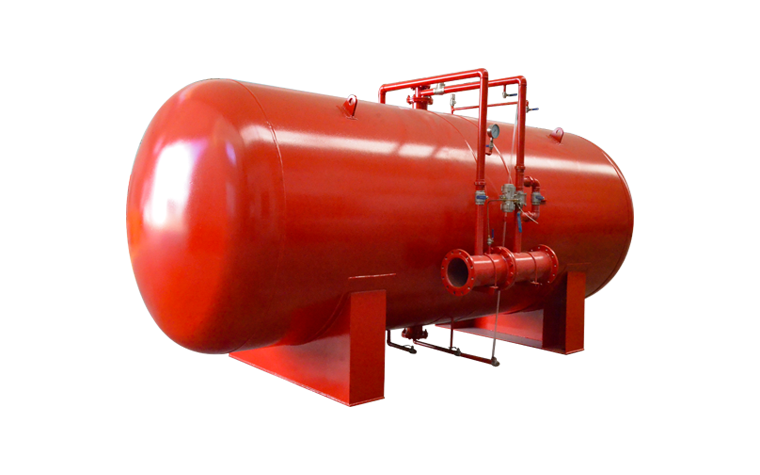Why Fire Pump Redundancy is Required in Certain Facilities?
In fire safety systems, reliability is paramount. For critical infrastructures, such as hospitals, industrial facilities, and high-rise buildings, fire pump redundancy is not just a recommendation—it’s a requirement. Redundant fire pumps provide an essential backup in case the primary pump fails, ensuring that fire protection systems remain operational in emergencies. In this article, we will explore why fire pump redundancy is required in certain facilities and how it helps to safeguard lives, protect property, and maintain regulatory compliance.
.jpg)
Understanding Fire Pump Redundancy
Fire pump redundancy refers to the installation of one or more backup fire pumps that can take over in case the primary pump fails. This redundancy ensures that fire suppression systems remain active and operational even during critical moments. The backup fire pump is usually linked to the same water source and can quickly start in the event of a pump failure, guaranteeing a continuous supply of water to combat fires.
Why is Fire Pump Redundancy Crucial?
-
Uninterrupted Fire Protection: In facilities where life safety is on the line, such as hospitals or nursing homes, having continuous water supply during a fire is essential. Fire pump redundancy guarantees that even if the primary pump experiences a mechanical issue, there is always a backup to ensure fire protection is not compromised.
-
Critical Infrastructure and High-Risk Facilities: Certain facilities like chemical plants, data centers, and power plants face higher risks due to the presence of flammable materials or sensitive equipment. Fire protection in such facilities cannot afford any downtime, making fire pump redundancy a non-negotiable element of fire safety systems.
-
Compliance with Fire Safety Standards: National Fire Protection Association (NFPA) regulations, such as NFPA 20, require redundancy in fire pump systems for specific facilities. Compliance with these standards is not only vital for safety but also for legal and insurance purposes. Facilities that fail to meet these requirements may face penalties, operational shutdowns, or voided insurance claims in the event of a fire.
-
Minimizing the Risk of Failure: Even the most reliable fire pumps can fail due to mechanical issues, power outages, or human error. Redundant systems reduce the risk of a single point of failure, ensuring that the fire protection system continues to function effectively during an emergency.
Types of Fire Pump Redundancy Systems
-
Two-Pump Redundancy: This is the most common configuration, where two pumps are installed to provide backup in case one fails.
-
Multiple Pump Redundancy: In facilities with higher fire risks, a system of three or more pumps may be necessary, ensuring that a failure in one or two pumps does not compromise fire protection.
-
Power Source Redundancy: In addition to pump redundancy, many facilities incorporate backup power sources such as diesel generators or secondary electrical connections to ensure the fire pumps remain operational even during power outages.
Conclusion
Fire pump redundancy is a critical element of fire safety in facilities that require uninterrupted fire protection. It helps ensure that fire suppression systems remain functional in the event of a primary pump failure, protecting lives, property, and valuable assets. Whether driven by regulatory compliance or the need to mitigate risk, fire pump redundancy offers peace of mind that fire protection systems will always be ready when needed.

